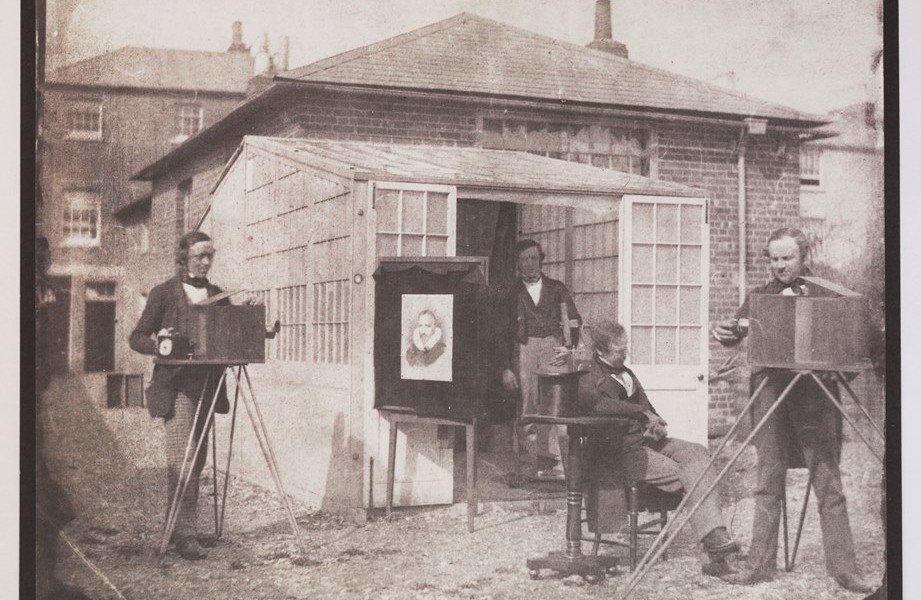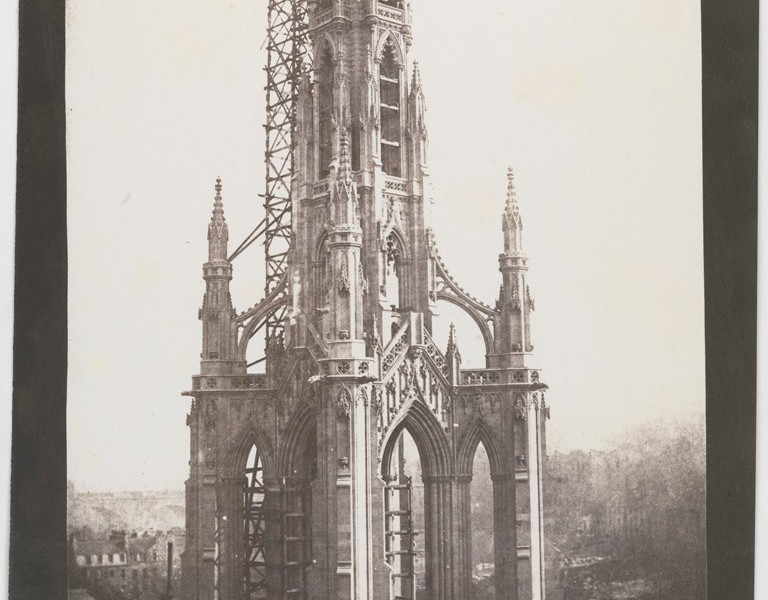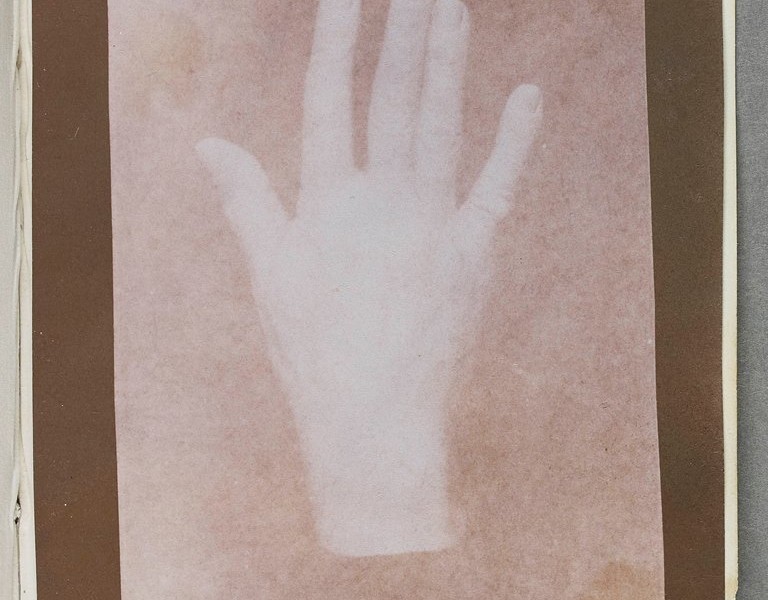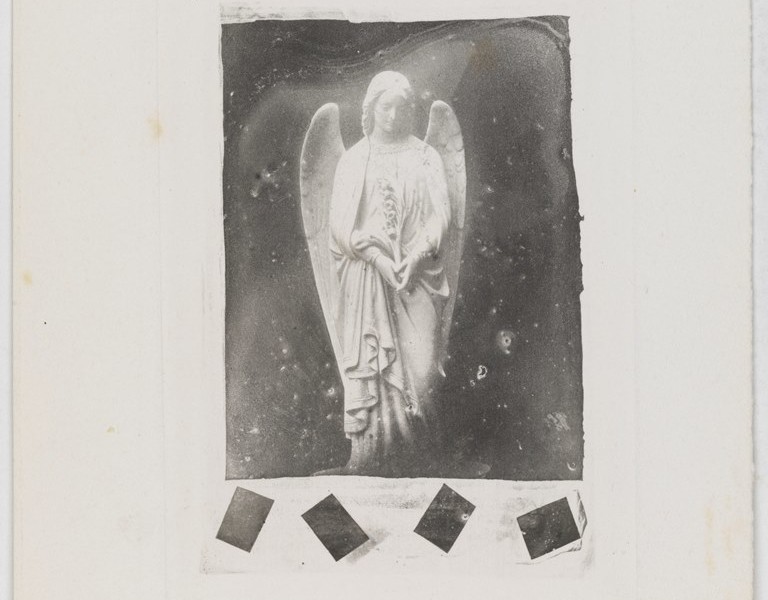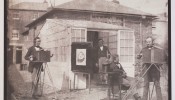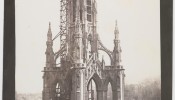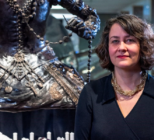Fox Talbot: Dawn of the Photograph, which opens in the Science Museum’s Media Space will present the birth of photography as it happened in Britain within its industrial and social context, and reveal the extent of Talbot’s remarkable experiments as the figurehead of a new and influential medium that changed the way people saw themselves and the world.
The exhibition will showcase some of the earliest experiments in photography by Fox Talbot, part of the world’s most comprehensive and important collection of his works currently held at the National Media Museum in Bradford, part of the Science Museum Group. Along with other British photographic pioneers such as Hill & Adamson, Roger Fenton and Julia Margaret Cameron, the Fox Talbot collection is set to become part of a new collection on the art of photography when more than 400,000 photographs are relocated to the V&A.
Fox Talbot’s invention of the negative-positive process circa 1835, which formed the basis of photography around the world for more than 150 years, immortalised him as the father of the medium. Fox Talbot: Dawn of the Photograph explores how the work of this pioneer bridged art, science and industry to define what was possible in the formative moments of photography. The Science Museum’s industrial collections will complement the early Fox Talbot work in the exhibition. They will situate Talbot’s experiments in the context of other contemporary innovations and set the scene for how people shared ideas at the time.
“William Henry Fox Talbot wasn’t only one of the key figures in the invention of photography; he anticipated its uses and usefulness with intelligence and a vision for its critical role in modernity,” said Greg Hobson, co-curator and Curator of Photographs, National Media Museum. “It is a delight to be able to examine these significant contributions through our remarkable holdings in the National Photography Collection.”
The exhibition also explores the relationships between a network of photographers who gravitated towards Talbot’s process but who each took photography into different territory. Assessing their artistic contribution and social legacy, it reflects on how enthusiasm for photography was initially limited to a small close-knit, elite group of people.
Russell Roberts, co-curator and Reader in Photography at the University of South Wales said: “Photography without question was one of the most profound inventions of 19th century Britain. Talbot not only set in motion a new way of seeing but, through his writings and experiments, identified the distinctiveness of photography as an art, science and industry. He left an extensive visual record of the medium’s possibilities that reveals a sophisticated consciousness at work. This exhibition allows us to fully appreciate the extent of his achievements and to reinforce the impact of his invention on social and cultural life.”
Towards the end of the exhibition, the work of Talbot’s contemporaries including Anna Atkins, Hill and Adamson, and Calvert Jones will be displayed in an exploration of how technology, techniques and practices were shared or inspired others in different parts of the country to a variety of ends.
Main Image
Nelson’s Column under Construction, Trafalgar Square, London, first week of April 1844, WHFTalbot © NMeM


